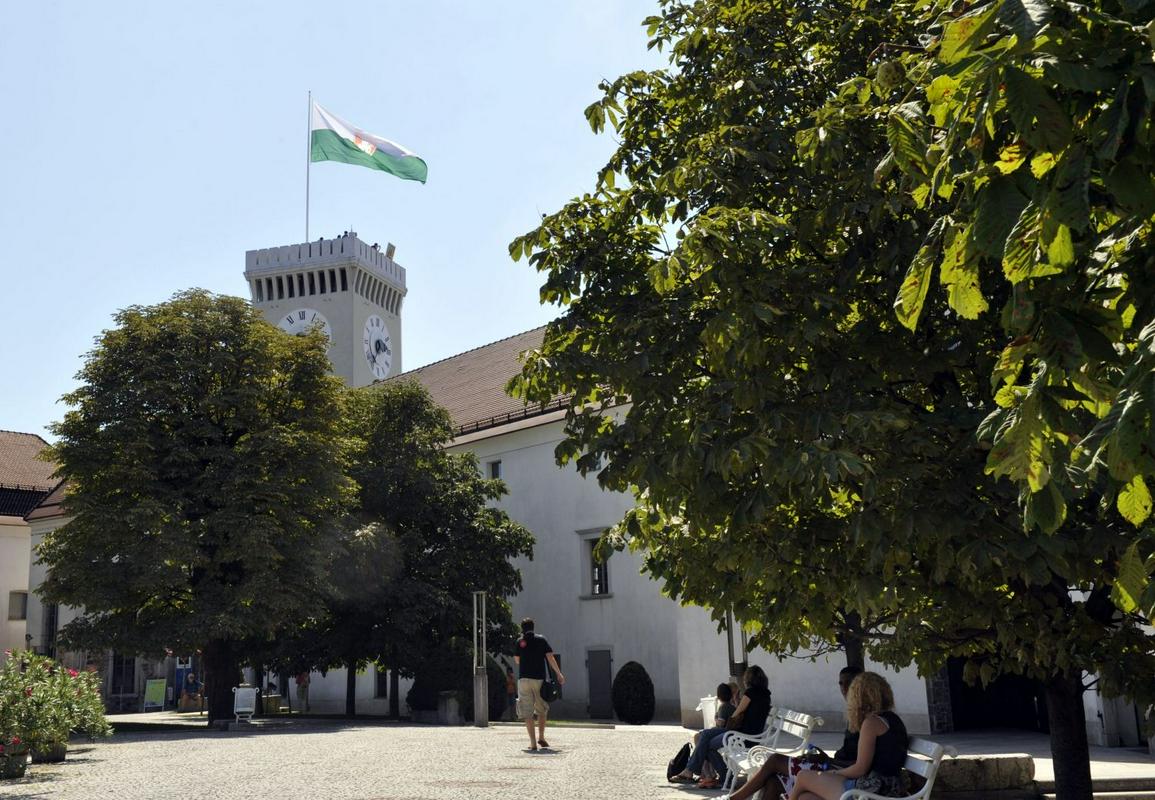
Overlooking Ljubljana from the city's famed Castle Hill is a modern sculpture with an unusual motif: It features peasants taking up arms against their overlords. A work by the famed Slovenian sculptor Stojan Batič, the statue serves as a reminder of volatile period in Slovenian history - a series of peasant revolts that rocked the region for centuries.
For 250 years, from the 15th to the early 18th century, peasant revolts were common in Slovenia. In most instances, the rural populace rose up against the nobles because of the high rates of taxation and the poor living conditions they had to endure in an era of increasing conflict across Europe.
The uprisings were invariably violent affairs. Peasant armies attacked castles and engaged in hand-to-hand combat with forces supporting the nobles. The gentry had no shortage of allies determined to preserve the status quo. On one occasion, they even engaged invading Ottoman Turkish armies to help them defeat the peasantry.
Ultimately, the peasants had no chance against the forces of the established order, and their inevitable defeat was followed by severe crackdowns. Punishments were swift and severe; some of their leaders were even drawn and quartered. Other members of the uprisings were left to live, but they had to endure punitive taxation that left them even more destitute than they had been before they took up arms against their overlords.
Still, the revolts left a lasting legacy on life in the Slovenian lands. They were the beginning of the end of feudalism, and represented a crucial blow to the medieval order. Eventually, commerce was liberalized and the peasantry began to be taxed in money rather than goods - both of which had been key demands during the uprisings. Also, several leaflets that appeared during the uprisings were printed in the Slovenian language and represented a milestone in the history of a standardized Slovenian language.
The revolts happened before the emergence of a Slovenian national consciousness, but when Slovenian-language literature experienced a renaissance in the 19th century, many authors wrote about the peasant uprisings. At a time when the Slovenian people were struggling for their political rights in the Hapsburg Empire, the memory of the peasant revolts represented an inspirational story: a tale of ordinary people rising up against their masters and demanding more rights for themselves - and for the generations to come.

































































